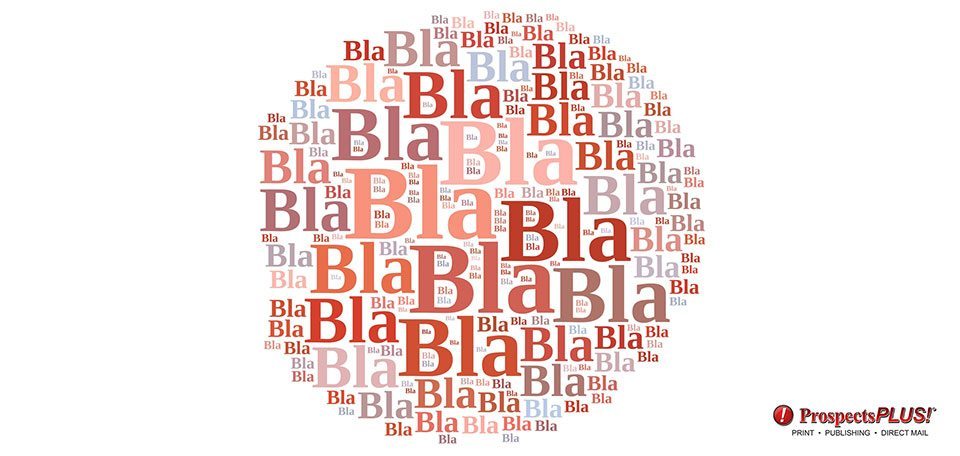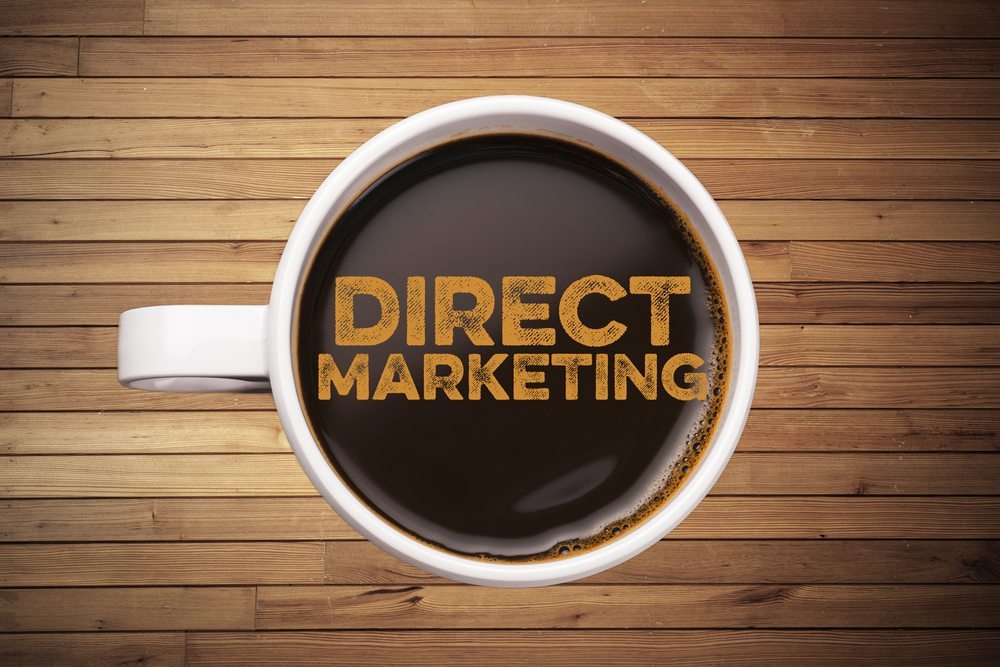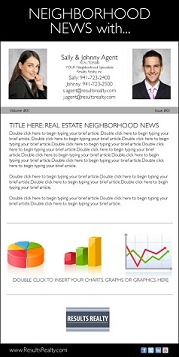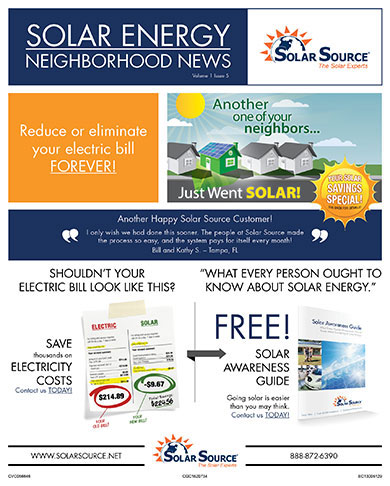In this day and age of digital marketing, postcards still retain its relevance as being a highly effective marketing tool to attract the attention of potential customers.
In fact, according to the United States Postal Service, over 90% of households visit their mailbox daily!
A common mistake we see all the time? Explaining vs. Highlighting!
Postcards should be used to highlight the benefits provided by your particular product or service. Don’t ever make the mistake of using them to explain the benefits of a product in great detail.
So what’s the difference between “Highlighting” and “Explaining?”
On the surface this appears to be an east question to answer. Highlighting is simply calling attention to something, pointing something out or providing emphasis. Explaining is making a product or service clear to someone by describing it in more detail or revealing relevant facts or ideas.
However knowing how much of each to make your postcard effective is key to your success. Here’s a general rule of thumb. If your product or service is well known, such as pizza, then spend time highlighting the key differentiators of your pizza. Mama’s unique recipe for unbelievable flavor, massive slices to fill you up or fresh farm-to-table ingredients so you know you’re getting great quality.
Conversely, if your product or service is unknown or unique to your market, then more explanation will be required. For example, if you offer a new technology, you will need to take a few sentences to explain what the technology will do for the customer. Be careful you don’t spend too much time explaining the technology…people don’t care. They want to know what’s in it for them. “WIIFM”…(more on that topic in another post.)
Simple Rule to Live By
Don’t try to close sales directly from your postcard. There’s simply not enough space to provide all the information needed to do so. I know this can be challenging. We spend all day working in our business consequently our minds are programmed to think internally. Use the postcard instead to make an immediate impact, grab the reader’s attention and then lead them to the next step that can close a sale; i.e., visiting your sales webpage, coming to a grand opening, or using a coupon.
For a great resource to help you create the perfect responding postcard template – head over to http://www.prospectsplus.com/Page.asp?name=Best-Postcards
There you’ll a list of the 10 Critical Best Practices of Postcard Marketing. Or if you get stuck and need help designing a highly responsive postcard, give our team a call at 877-222-6010. We love this stuff!








